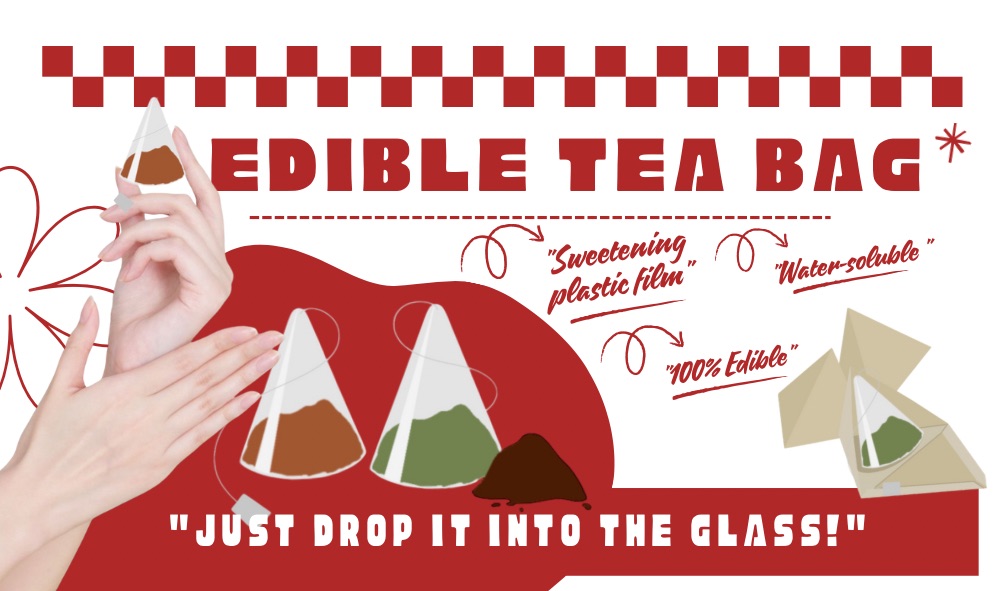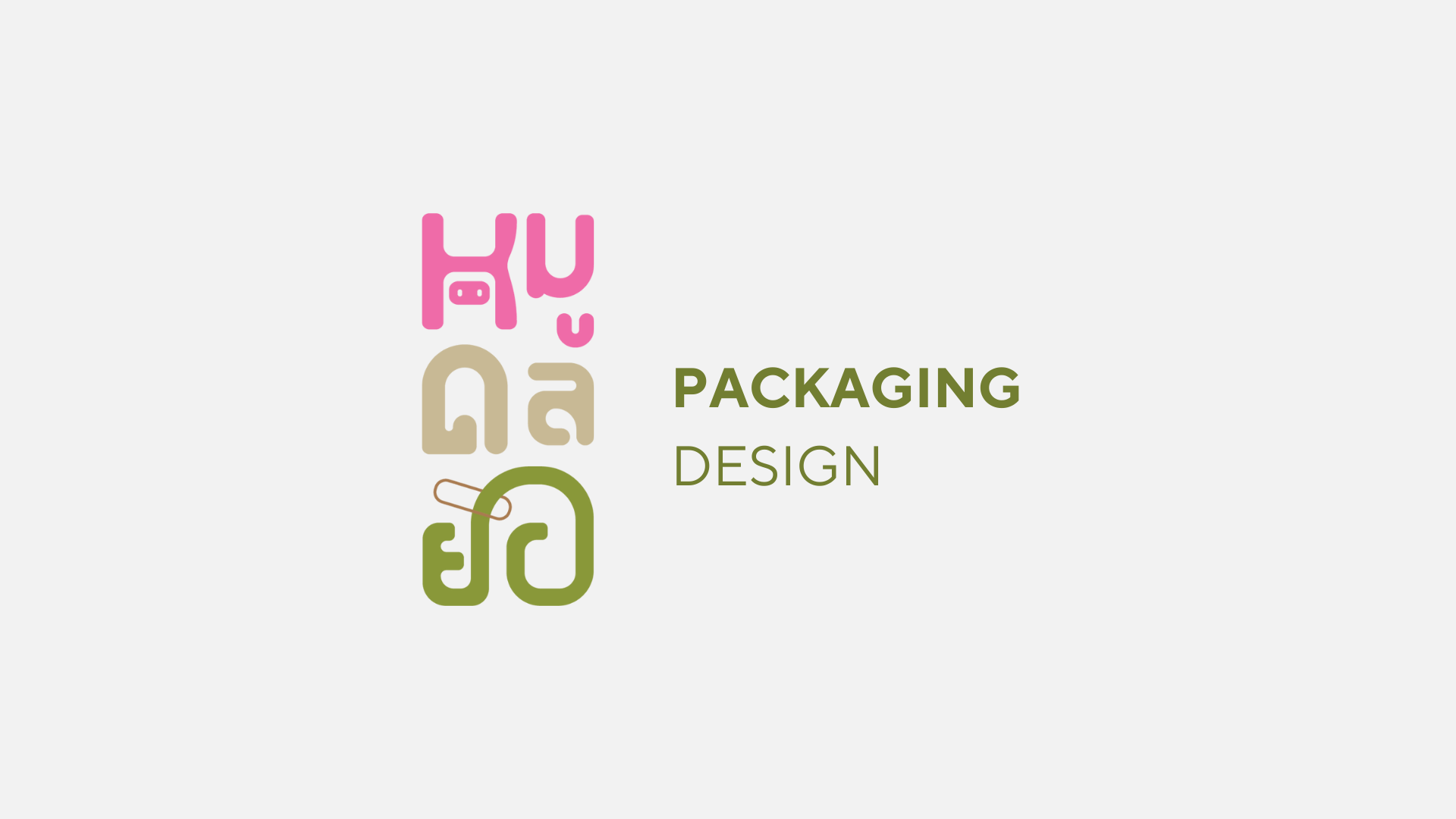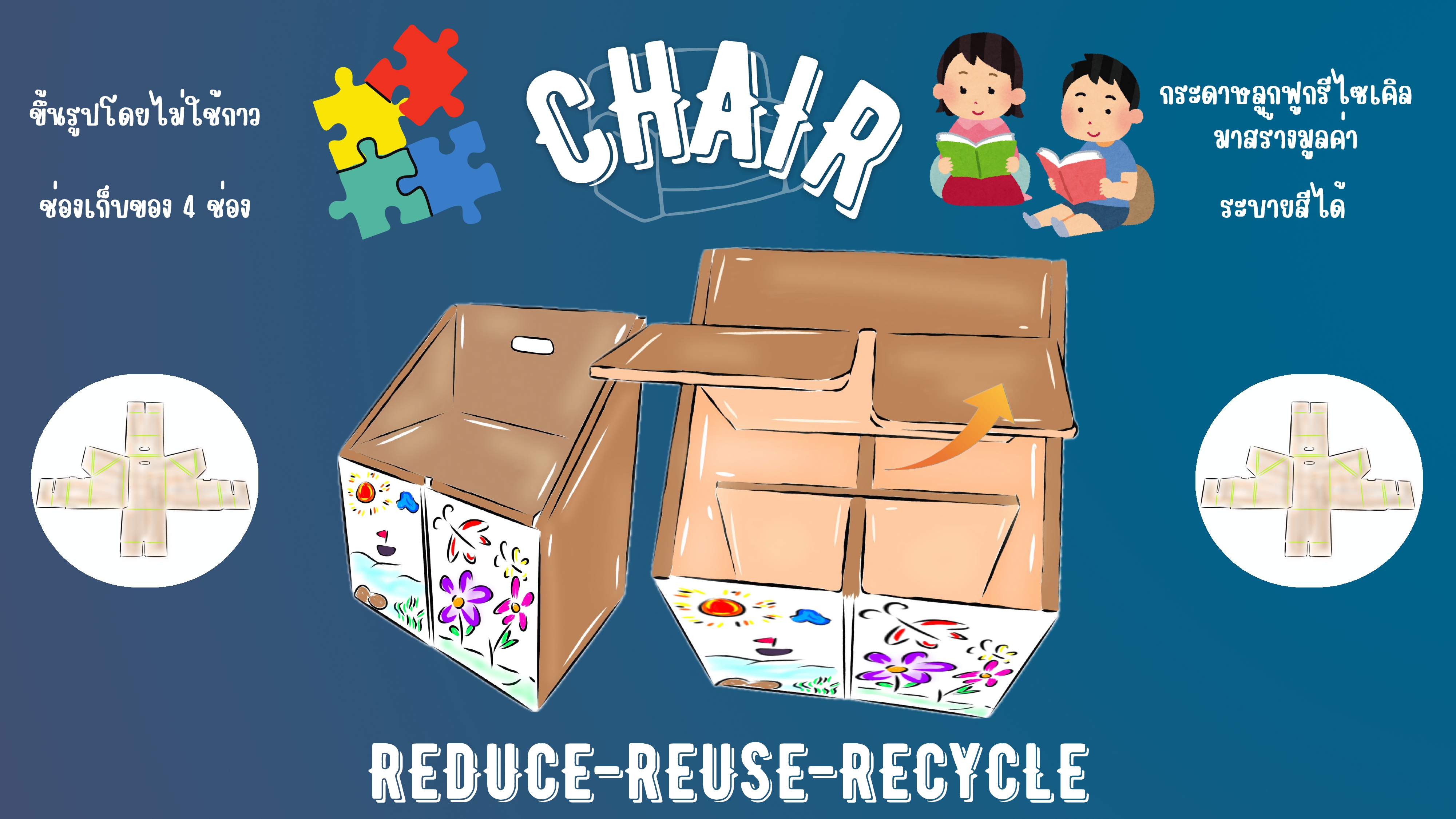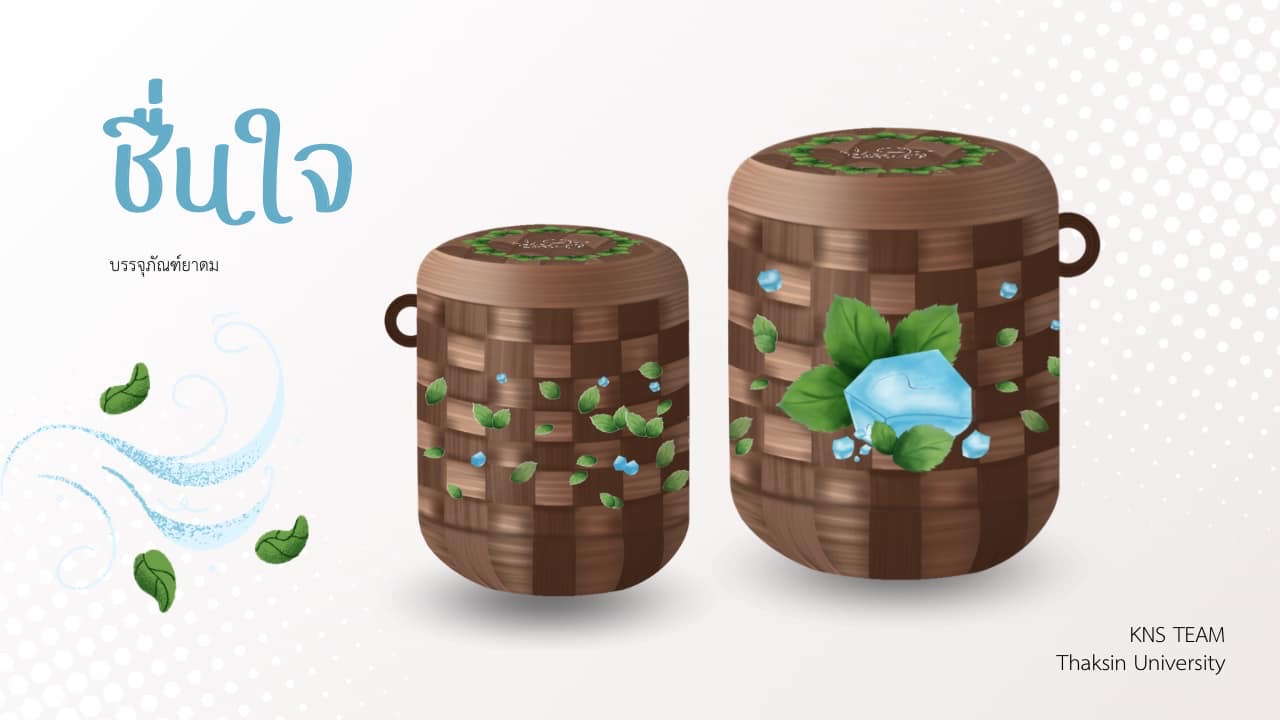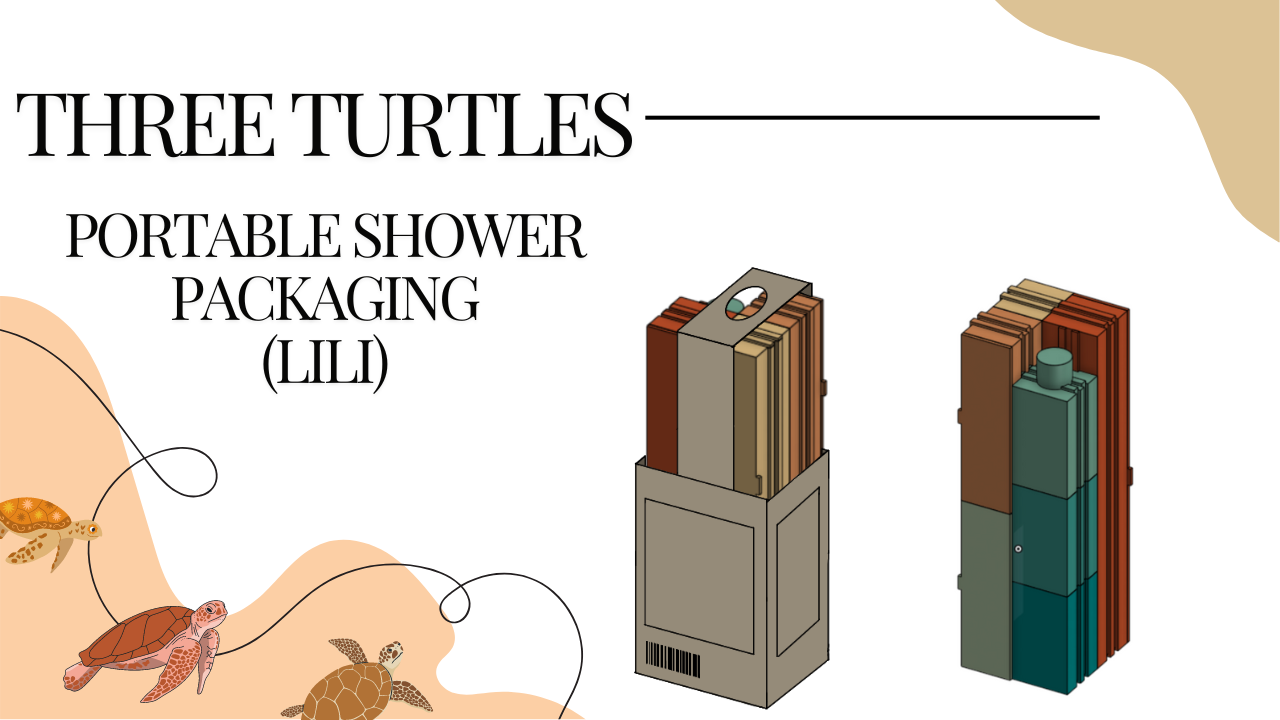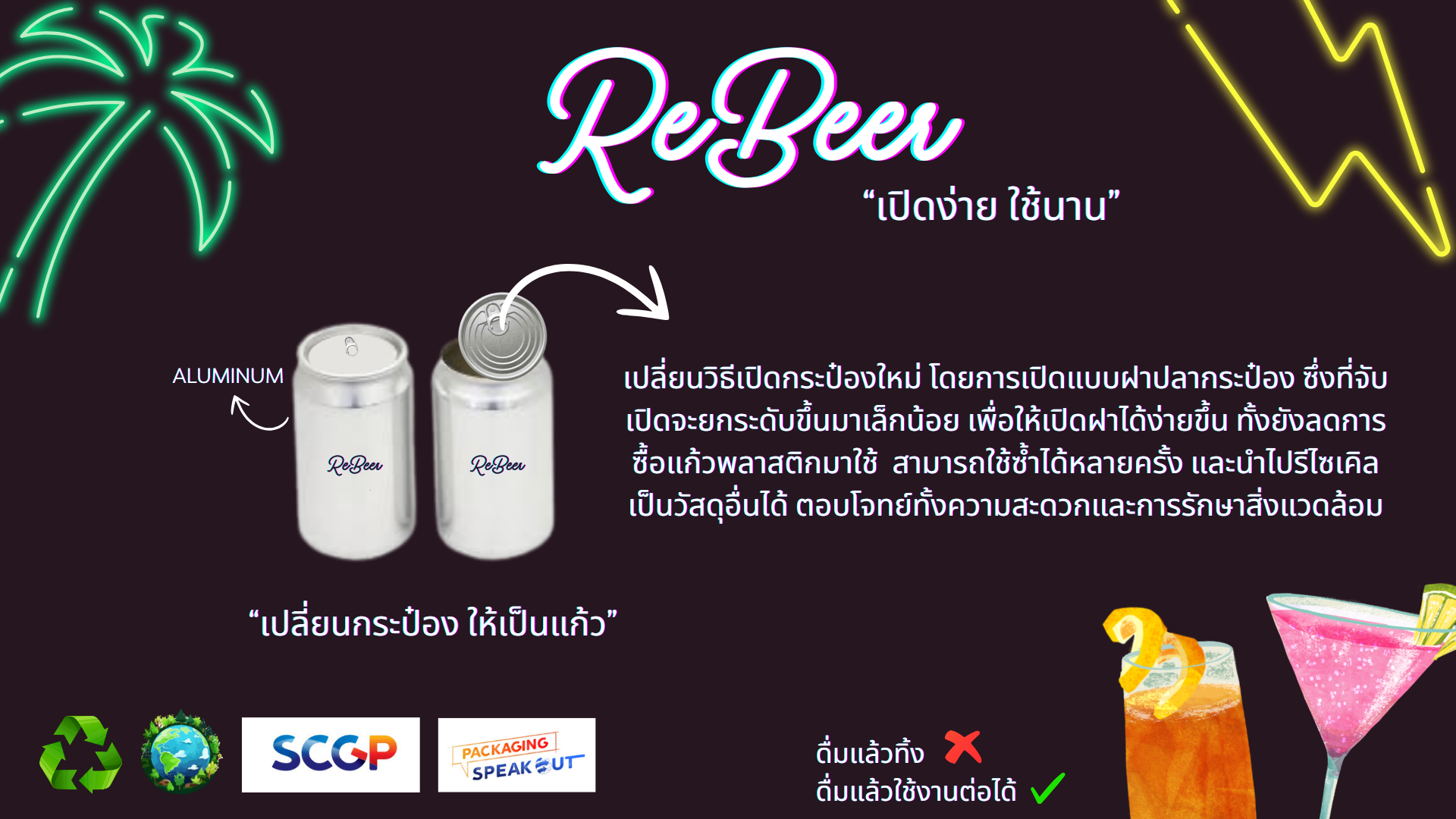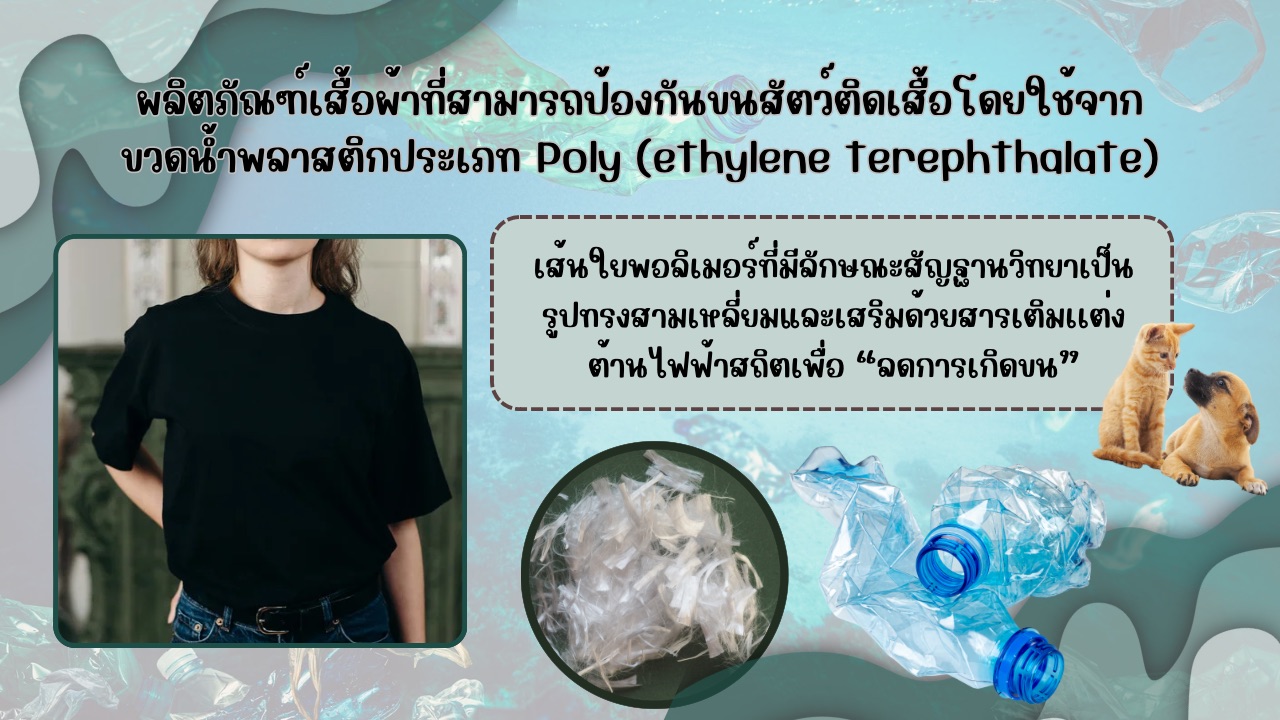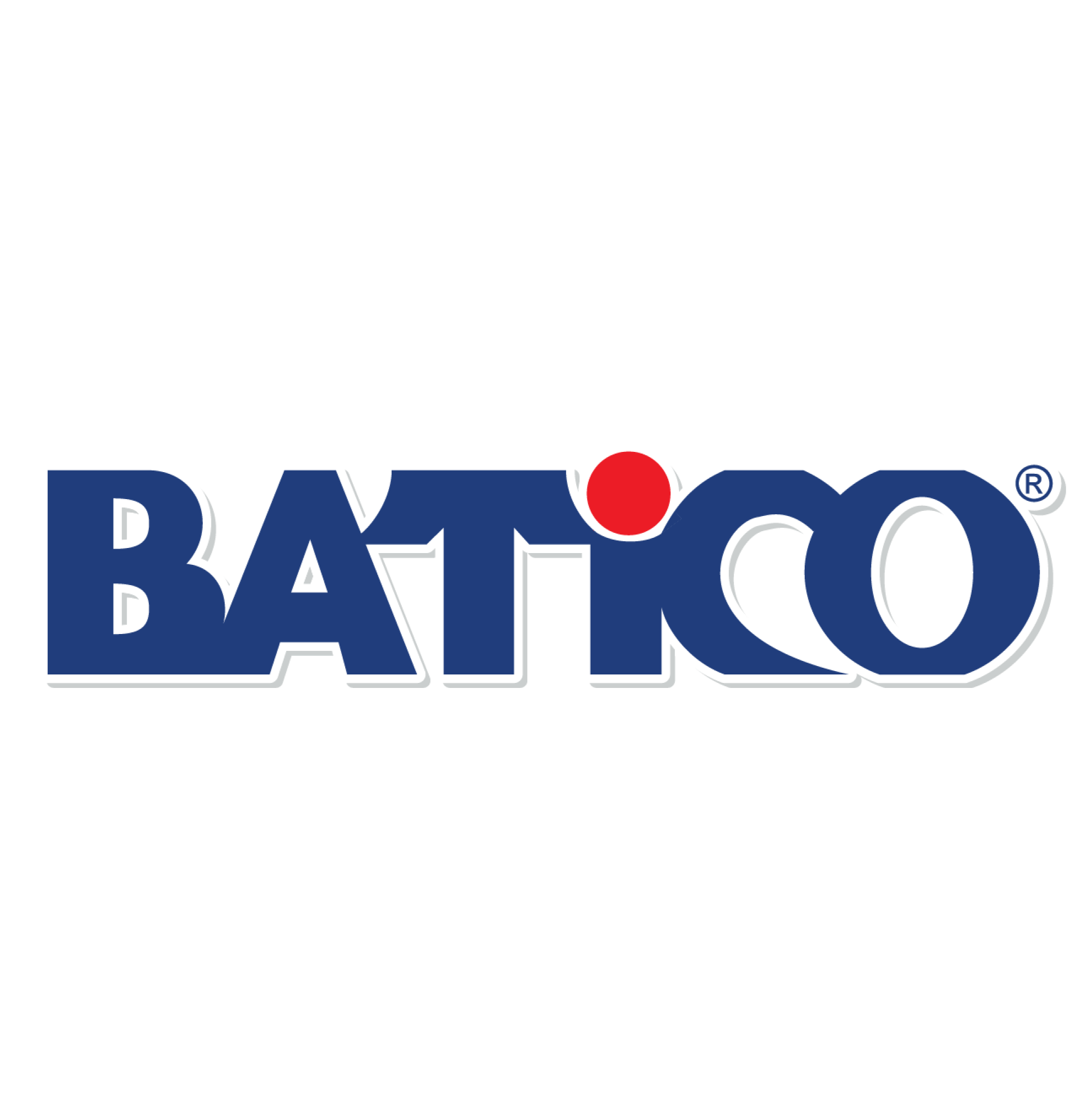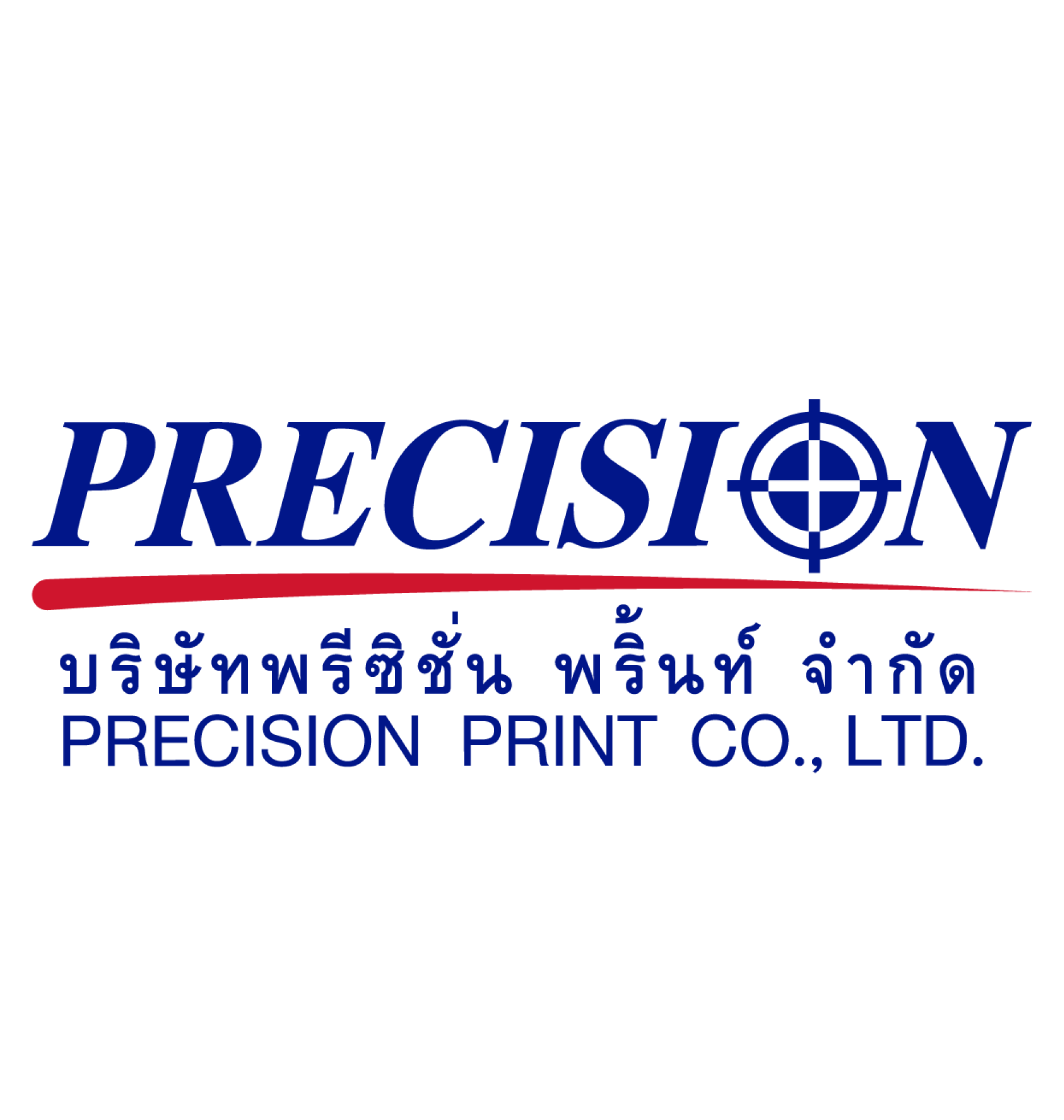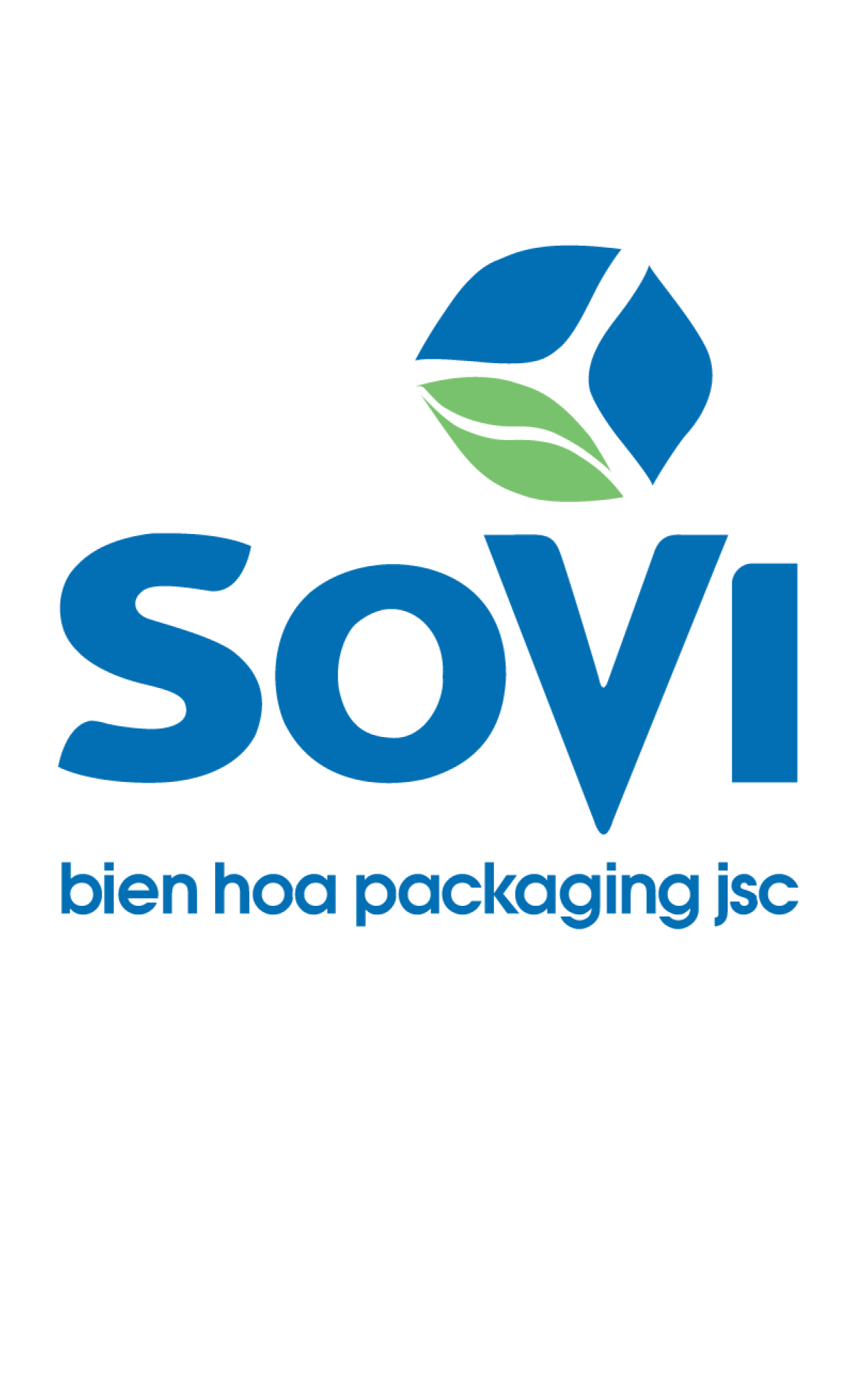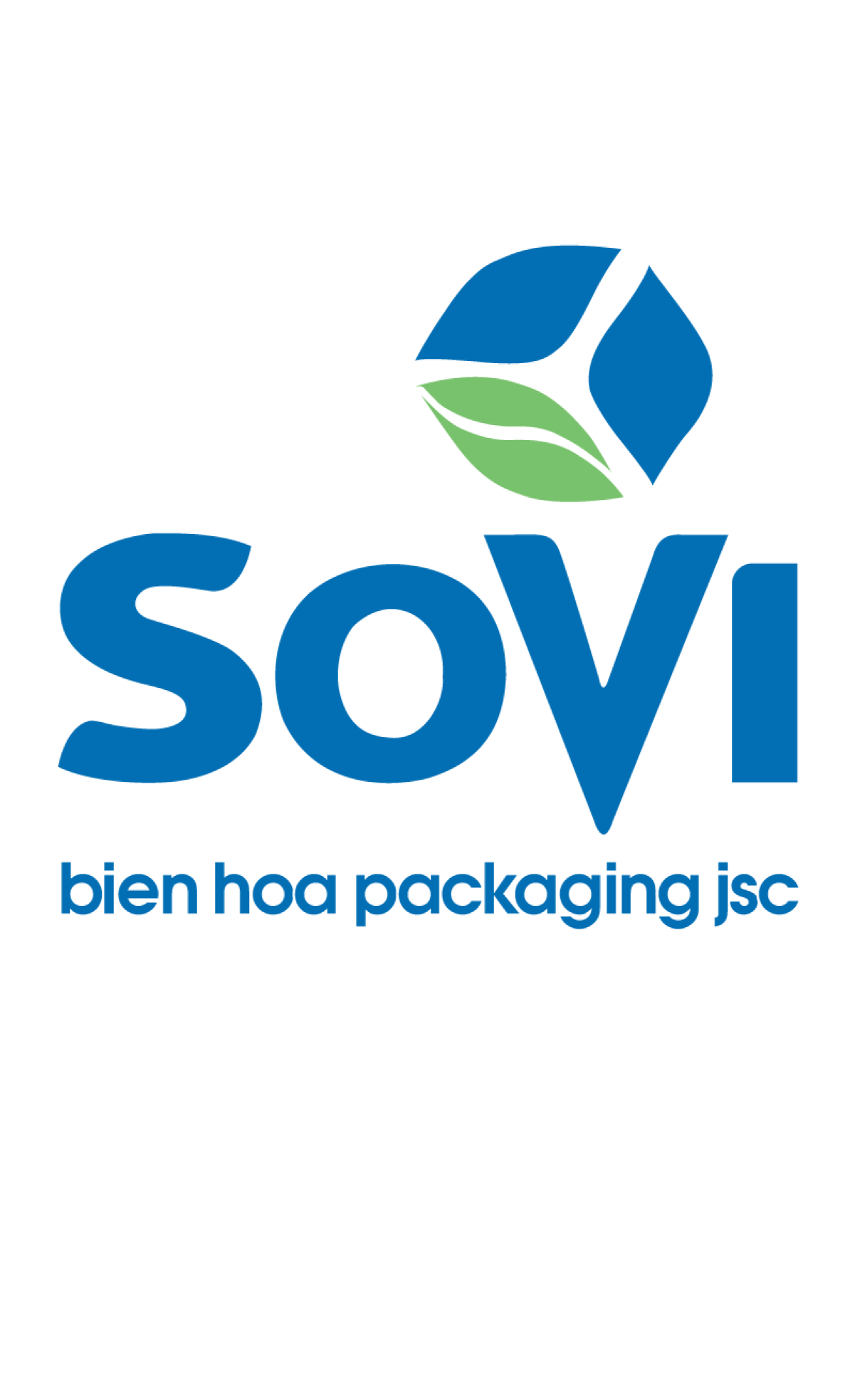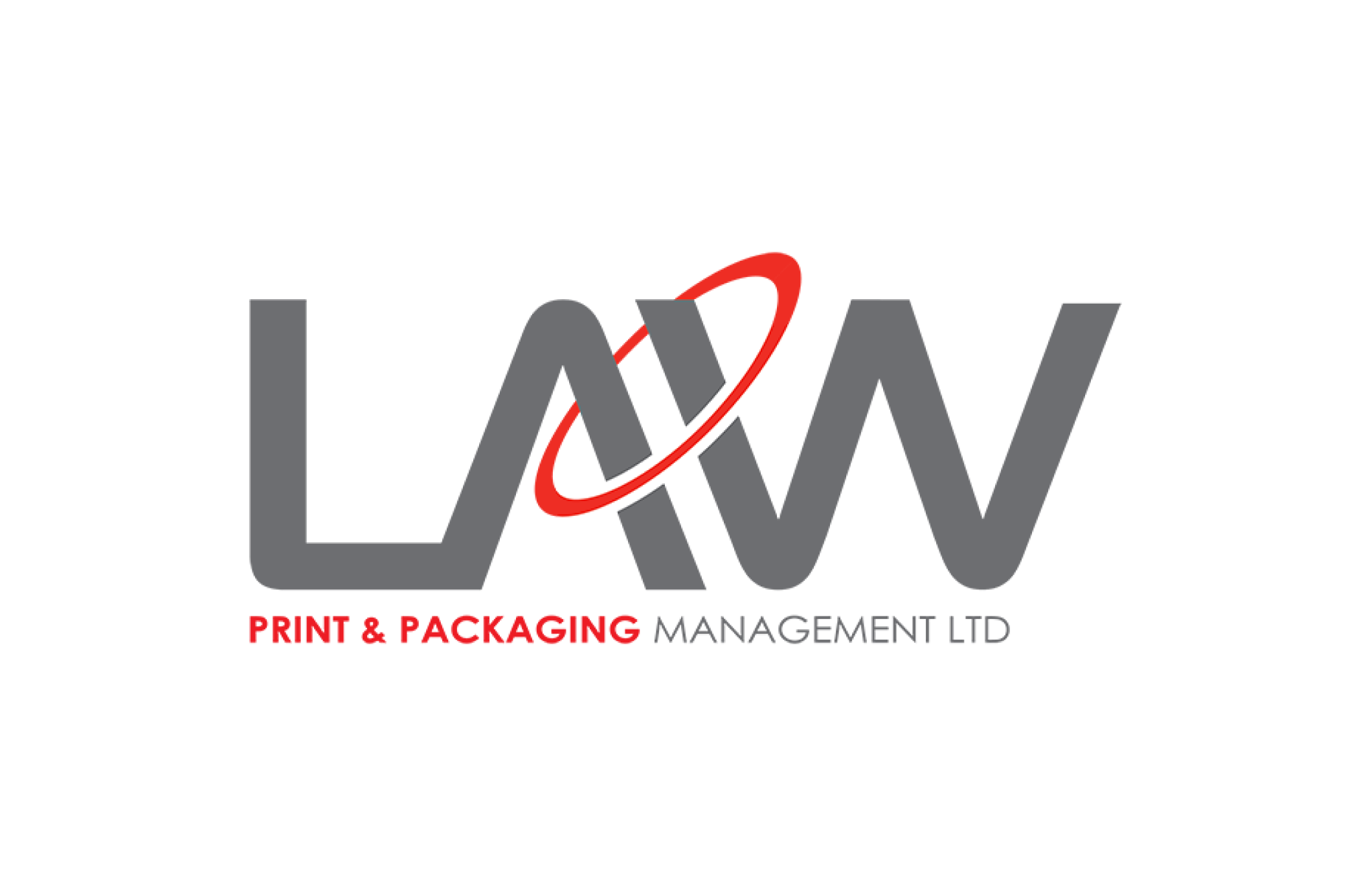Nature grace sanitary napkin box
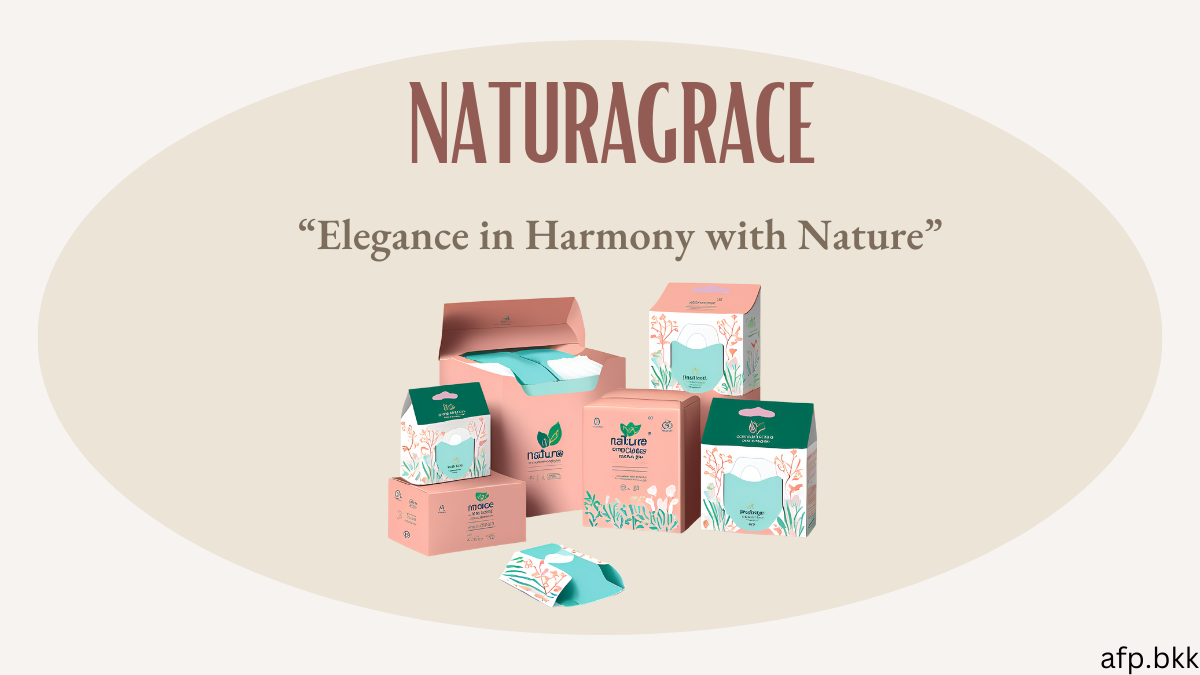
Team : afp.bkk
Member
Ms Pisinee Somboonsri
Mr Sirithida watthanabenchathikun
Ms Naritsa juysongkeaw
1. Business Environment Analysis
· Analyze external factors using PESTEL Analysis
Political
Regulations and standards: Governments enforce product safety, hygiene and advertising regulations in the sanitary pad industry.
Taxation policies: Tax rates on sanitary pads vary from country to country. For example, several regions have campaigned for the reduction or elimination of “luxury taxes” on feminine hygiene products, arguing that these products are essential health products. Such tax changes can have a direct impact on market prices and demand.
Economic
Consumer purchasing power: Economic conditions such as inflation or recession influence consumer purchasing power. During economic downturns, consumers may turn to cheaper brands, which impacts sales of premium products.
Increased costs: Fluctuations in raw material prices (cotton, plastic) and transportation costs due to disruptions in global supply chains can increase production costs, affecting pricing strategies and profit margins.
Social
Changing attitudes: Social movements supporting gender equality and menstrual health awareness are increasing the demand for better, more affordable and environmentally friendly products. Today, there are programs that can calculate menstrual cycles, which are not only good for health, but also help women manage their lives more easily.
Technological
Product innovation: Technological advancements have led to the development of environmentally friendly and reusable sanitary products.
E-commerce: Online shopping is becoming increasingly popular as consumers seek convenience, allowing them to shop anywhere and anytime without having to travel to a store. They can also easily order products via their mobile phones or computers, saving them time and travel expenses. Online shopping also allows consumers to view product reviews and user experiences from other buyers, giving them confidence in their purchasing decisions. Therefore, online shopping not only meets the needs of today's consumers, but is also likely to grow in the future due to technological developments and changes in consumer behavior.
Environmental
Sustainability: Sanitary products contribute significantly to environmental waste, as traditional sanitary pads use non-biodegradable materials. Companies are increasingly pressured to produce environmentally friendly and biodegradable products to reduce their carbon footprint.
Climate change: Global climate change may affect the availability of raw materials, especially cotton, a key resource for many sanitary products, which may result in increased costs and changes in supply chain strategies.
Legal
Health regulations: Strict regulations on product safety must be followed. This includes the use of non-toxic materials and absorption efficiency certification. Failure to comply with health standards may result in product recalls, lawsuits or damage to the brand.
Advertising Laws: Marketing claims about sanitary pads must comply with advertising regulations that prevent misleading consumers, especially in areas such as absorption, comfort and health benefits.
2. Defining brand development goals
Defining brand development goals for sanitary pads is an important step that allows businesses to effectively meet consumer needs and differentiate themselves from competitors in the market.
1. Building confidence in product quality
Safety and convenience are key factors that consumers expect from sanitary pads. Products that are high quality, safe for health and certified by relevant agencies must be developed to build confidence in the target group.
2. Creating differentiation (Brand Differentiation)
Designing products and packaging that meet different lifestyles, such as sanitary pads for exercise or travel, or environmentally friendly sanitary pads, will help brands stand out and make an impression in the market.
3. Responding to sustainable trends (Sustainability)
Environmental concerns are having a major impact on consumer behavior today. Brands are therefore aiming to develop environmentally friendly products, such as biodegradable sanitary pads or packaging using recycled materials, to attract customers who support sustainable products.
4. Building Brand Awareness
Make the brand known to the target group of women and people who need to use it who are environmentally friendly through effective advertising and marketing. Using a variety of marketing strategies, such as using online and offline media, collaborating with influencers, or organizing activities related to women's health, will help the brand gain more attention and acceptance from consumers.
5. Maintaining Customer Loyalty
Aim to build long-term relationships with customers by providing good service, responding to customer feedback, and organizing membership programs that offer special privileges, such as discounts or free gifts, to encourage customers to come back and buy again.
6. Innovation and Research
The brand aims to develop new innovations in products to meet changing consumer needs, such as developing sanitary pads that are thin and lightweight with high absorption efficiency, using new production technologies that Helps reduce irritation Through quality certification, rapid problem resolution, and transparency, building consumer confidence
3. Target customer group determination
An important process in business for products or services to effectively reach the right consumer group. Sanitary napkins made from natural materials must consider the needs and expectations of consumers who prioritize health, the environment, and a sustainable lifestyle, as follows:
1. Environmentally conscious customer group
- Customer characteristics: Those who want to reduce their environmental impact, such as reducing the use of plastic products or products that destroy nature
- Need: Looking for products that are easily biodegradable and environmentally friendly
2. Health-conscious customer group
... 3. Organic Consumers
- Customer characteristics: Groups that consume organic products, such as food, clothing, or personal care products
- Needs: Sanitary pads made from organic materials, such as organic cotton certified by international standards
4. Sustainability-Minded Consumers
- Customer characteristics: People who understand the use of resources sustainably and want to support businesses with sustainable production practices
- Needs: Products that are produced in a way that uses resources efficiently, such as production using clean energy or recycled materials
4. Packaging
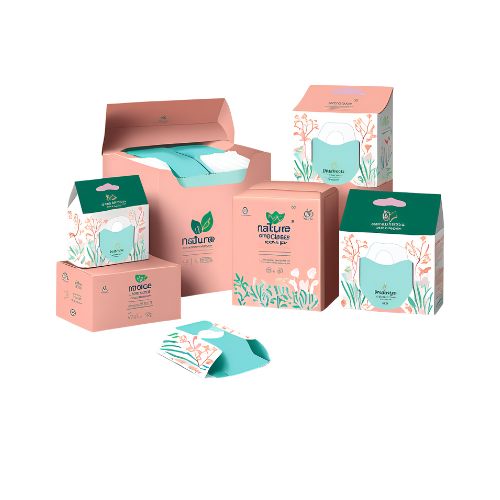
Packaging design concept for the sanitary pad product named Naturegrace, centered around the themes of "Organic, Sustainability, and Be Gorgeous." The design features soft, natural colors and elegant elements that emphasize both eco-friendliness and a luxurious look.
5. Marketing and brand development activities through packaging
• Marketing activities
1. Sales Promotion
- Organize promotions for new customers or first-time orders, such as special discounts, buy 1 get 1 free, to create interest and attract customers who want to try the product.
- Give away product samples to consumers, especially those interested in natural products, such as at health fairs.
2. Advertising
- Advertise through online channels, such as Facebook, Instagram, YouTube, focusing on women who are interested in health products and care about the environment.
- Use print media or magazines related to health and beauty to present the benefits of natural materials in sanitary pads, such as safety for the body and environmental friendliness.
3. Content Marketing
- Create content related to the benefits of natural materials, such as articles about women's health and the advantages of using sanitary pads made from natural materials.
- Use product reviews from real users, especially those who play a role in society or influencers who focus on using natural products and protecting the environment.
4. Social Media Marketing
- Create campaigns that emphasize sustainability and the importance of choosing environmentally friendly products.
- Post content that links to important environmental days, such as World Earth Day. Or plastic reduction campaigns
5. Event Marketing
- Participate in events related to health products, natural products, or environmental conservation, such as health and beauty fairs that focus on natural products.
6. Customer Relationship Marketing
- Provide advice or information about health and self-care during menstruation via email.
- Create a loyalty program to encourage customers to come back and buy again, such as collecting points to exchange for products or discounts.
• Brand development through packaging
1. Packaging design - Select biodegradable materials: Use natural materials. Sanitary napkin products use bamboo fibers and Kraft paper packaging.
- Design to be interesting and eye-catching: Design packaging to have an interesting appearance and can be Reuse, Reduce, Recycle.
2. Communication with customers
- Emphasize sustainability: Communicate the importance of choosing environmentally friendly products in marketing strategies.
- Provide clear information: Clearly state that the packaging is made from biodegradable materials and what are its advantages and disadvantages.
3. Branding
- Create identity: Develop a brand image that reflects environmental concern.
- Organize activities or campaigns: Create marketing campaigns that focus on providing knowledge about waste reduction and choosing environmentally friendly products.
4. Experimentation and development
- Conduct market trials: Launch products in specific markets first to receive feedback from each customer group, then use customer feedback to improve the packaging to better meet their needs.
5. Linking with partners
- Collaborating with environmental organizations: Collaborating with organizations that support the environment to build credibility.
6. Marketing and brand measurement
1. Quantitative measurement
• Sales Volume: Measured by sales of sanitary napkin products over a period of time. Which will indicate the effectiveness of marketing and interest in the product.
• Sales Growth Rate: Compare sales each month or each quarter to see the growth of the brand.
• New Customer Acquisition: Measure the number of customers who start using natural sanitary pads to see the expansion of the market.
• Customer Retention Rate: Measure the number of customers who come back to buy again, which indicates satisfaction with the product.
• Promotion Response Rate: Measure the number of participants in promotions or responses to various advertisements, such as using discount codes or participating in online activities.
2. Qualitative Metrics
• Customer Satisfaction: Survey opinions through questionnaires or product reviews to see if customers are satisfied with the quality of products and services.
• Brand Awareness: Measured by the awareness and recall of sanitary pad brands made from natural materials through polls or online media analysis tools (such as Social Listening)
• Brand Loyalty: Measured by the frequency of repeat purchases And customers recommend products to others
• Social Media Mentions: Analyze product mentions on social media such as Facebook, Instagram, Twitter to see customer interest and opinions
• Customer Reviews: Positive reviews and reviews on online platforms such as Lazada, Shopee or the company's website can be an indicator of the quality and experience of real users
3. Measuring the results of specific marketing activities (Marketing Campaign Metrics)
• Reach: See the number of people who reach online advertisements or promotional media in the campaign, such as the number of clicks or impressions (Impressions)
• Engagement Rate: Analyze consumer engagement, such as the number of likes, shares or comments on advertising posts or content created by the brand
• Customer Feedback: Measure the results of responses via email or social media to measure the impact of the campaign on consumer attitudes and opinions
4. Measuring the results of Sustainability Metrics
• Plastic Reduction: Measure the amount of plastic waste reduction caused by using environmentally friendly packaging
Environment
• Environmental Certifications: Check that the product is certified according to environmental standards, such as an independent organic certification.

